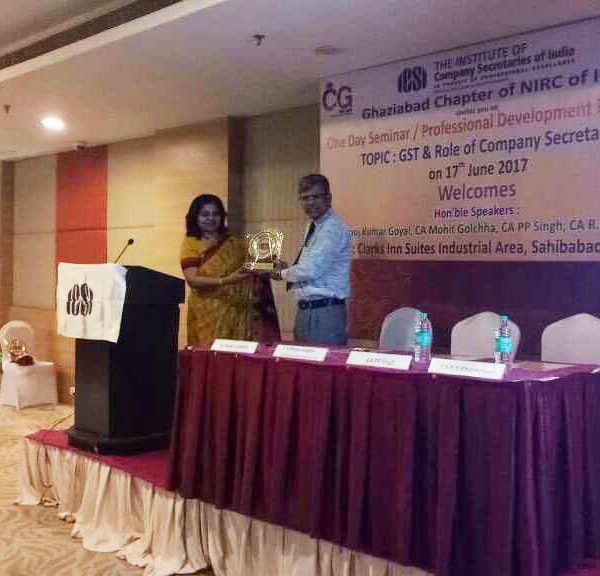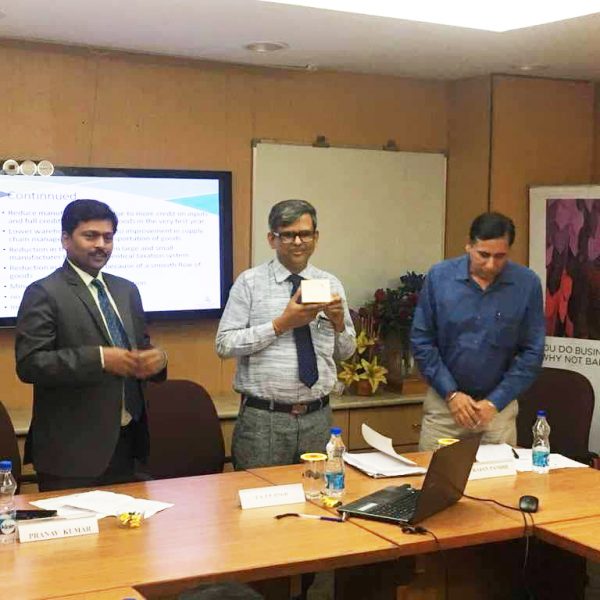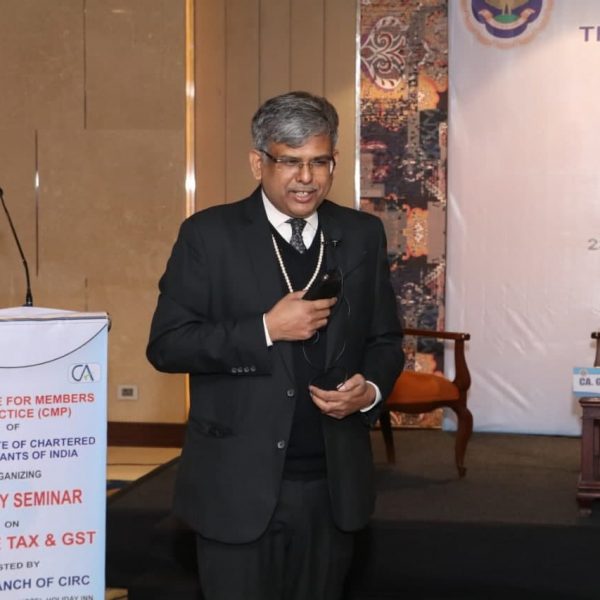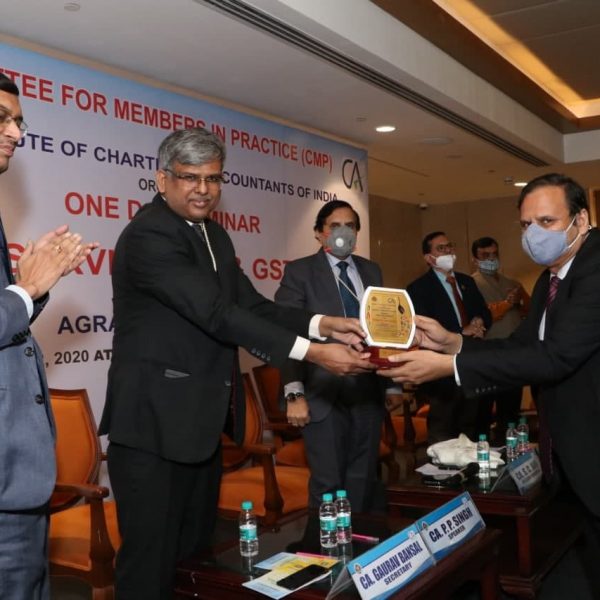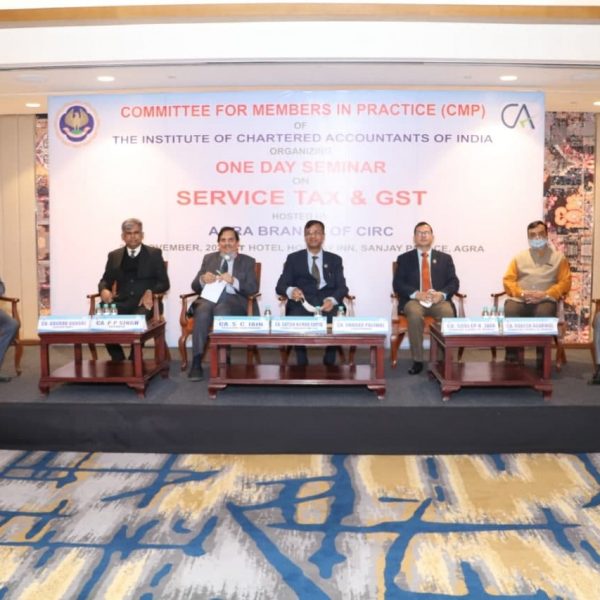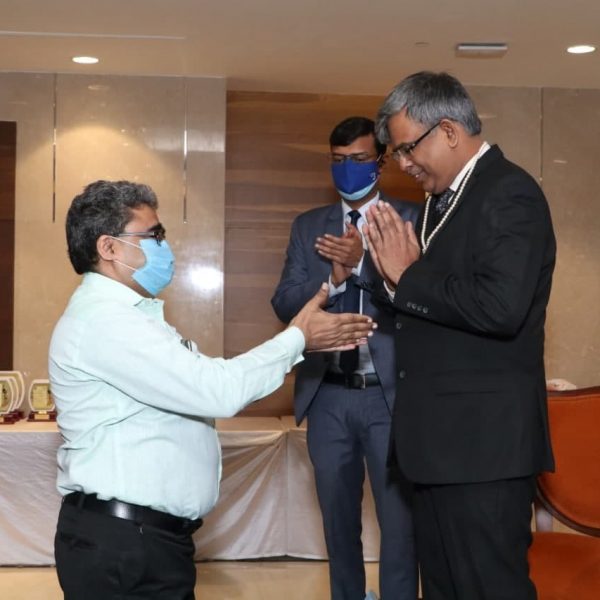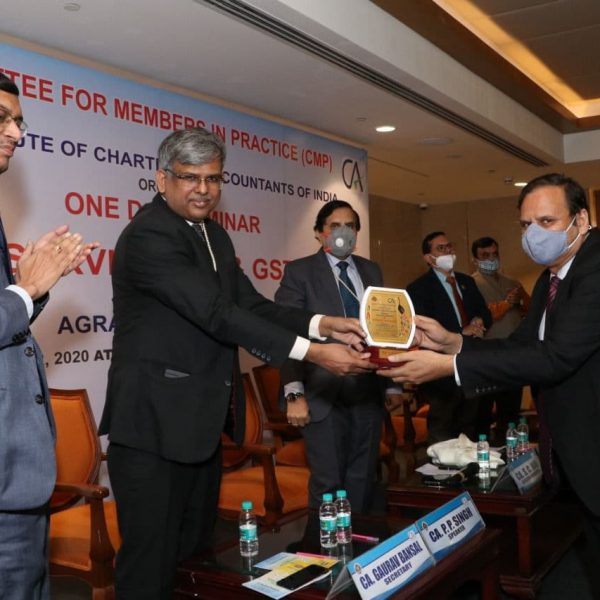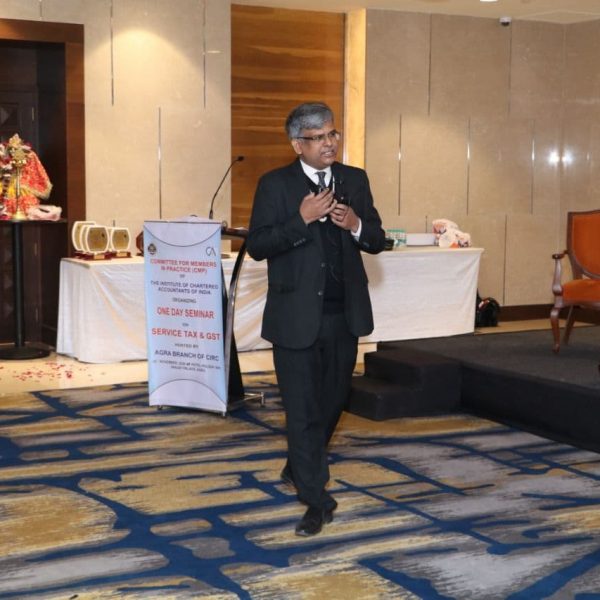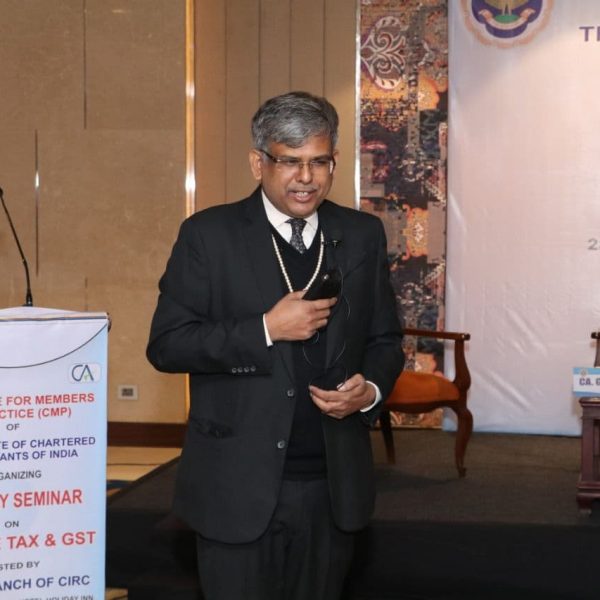Introduction:
This doctrine is used in states where there is a federal structure and center/union and provinces have well-defined separate legislative power and alleged infringement of the constitutional legislative powers in a Federal State raised by another part of the state say legislation by province and allegation by the union of legislation encroachment/trespass and vice versa. The Doctrine of Pith and Substance states that if the substance of legislation falls within a legislature’s lawful competence, the legislation does not become unconstitutional just because an incidental or ancillary portion of it is beyond its specific area of authority. The phrase “pith and substance” signifies the “True nature and character” of the statute to be examined and if within the authority of the legislature, the statute can’t be declared ultra vires. The Court uses it to determine whether the claimed intrusion is just incidental/ancillary or significant. Thus, the ‘pith and substance’ used when challenged of the statute by another part of the state having legislative competence on the matter, whether the enactment is within the legislative competence of the legislature or not and that enactment only incidentally encroaches the legislative field of another legislature. Here a discussion is made, on how the Indian Constitution has perceived this doctrine.
Meaning :
While the term ‘Pith’ means the genuine nature or essence of anything, ‘Substance’ means the most important or vital aspect of something. The state and union legislatures are made supreme within their respective areas, and they should not intrude on the sphere delimited for the other, according to the doctrine’s interpretation.
When a law approved by one legislature is contested or trespassed by another legislature, the doctrine of pith and substance is applied. This doctrine states that while assessing whether a certain law applies to a specific issue, the court looks to the content of the case. If the content of the thing falls inside one of the three lists, the encroachment by law on another list does not render it illegal and said to be ultra vires.
Evolution of the doctrine of pith and substance
The Canadian Constitution inspired the doctrine of pith and substance. The country of Canada is divided into two parts, namely, the Dominion and the Provinces. In order to divide the powers of the Dominions and Provinces, the framers of the Canadian Constitution inserted two separate lists into the Constitution. Section 69 of the Canadian Constitution, which was first established in 1857 as the British North America Act, separated the powers delegated to the Dominion from those delegated to the Provinces. Furthermore, Sections 91 and 92 of the Constitution Act of 1867 define the Dominions’ and Provinces’ exclusive rights. The origin of this doctrine can be traced back to the case of Cushing vs. Dupuy (1880) in Canada,
The reason behind the formation of the doctrine of pith and substance
Certain subject topics enumerated in the three lists indicated in the Seventh Schedule of the Constitution might overlap at times, therefore incidental encroachments are permitted to some extent while evaluating legislative competency.
The objective behind the creation of this doctrine was to prevent absolute intrusion of legislative powers by evaluating the ‘content’ of enactment and then determining which list (union/state/concurrent) the specific subject matter fell into. This doctrine is applied to check the legislative competency of a given law by examining the ‘content’ of that statute. Examining an enactment’s ‘substance’ might lead to any one of the following outcomes.
- The enactment’s substance corresponds to the subject matter given to the legislature for the purpose of enacting laws: This will constitute the enactment totally lawful.
- Enactment includes subject matter that is outside the jurisdiction of the federal or state legislatures which is a partial or accidental or incidental intrusion of legislative powers, which may or may not render the entire statute invalid and void.
- Enactment includes subject matter that is outside the jurisdiction of the federal or state legislatures which is not an incidental or ancillary intrusion of legislative powers, this may render the entire statute or portion thereof as invalid and void.
Early view of privy council doctrine on pith and substance:
During the course of examining the scope of the intrusion, a crucial question about the grounds on which legislative competence should be confirmed arose. In the case of Cushing v. Dupey (1880), the Privy Council came to the rescue in 1880. In its judgment, the Privy Council developed the doctrine of pith and substance, holding that the ‘pith and substance’ of enactment must be considered in determining whether it falls within or beyond the scope of legislative powers allocated to either the Dominion or the Province.
Lord Watson, while testifying for the Privy Council in the matter of Union Colliery Company of British Columbia v. Bryden in 1889, caught the notion of “real essence and character” of law and treated it as a metaphor “whole pith and substance” of an enactment.
Article 246 of the Indian Constitution:
The distribution of authority between the Union and the States is addressed in the Seventh Schedule of our Constitution, which is enshrined under Article 246 of the Indian Constitution. Article 246 of the Constitution defines the Union’s and states’ powers by categorizing them into three lists, namely, Union List, State List, and Concurrent List. The Indian Constitution establishes the doctrine of separation of powers between the union(center) and state governments.
Union List: List in which the Centre has sole authority to enact legislation. The Union List essentially covers military, foreign affairs, railways, and banking, among other areas where Parliament can pass legislation.
State List: states have sole authority to enact legislation. Public order, police, public health, and sanitation, as well as hospitals and dispensaries, betting, and gambling, are some of the subject matters covered under the same.
Concurrent List: The List of entries on which both the Centre and the states can pass legislation is the Concurrent List.
Residuary power of legislation to parliament for item not in state list or concurrent list- article 248.
Inconsistency: As per Article 254, a law made by parliament takes precedence over state law in circumstances of repugnancy. It covers subject matters such as education, population management, family planning, criminal law, animal cruelty prevention, wildlife and animal preservation, forests, and several others.
The doctrine of pith and substance under the Indian Constitution
The doctrine of pith and substance, sometimes known as incidental encroachment, is a product of Canadian jurisprudence applied to the Government of India Act, 1935, and the current Constitution. Generally, legislation is enacted under the authority of an item in one of the lists of the VII Schedule. The idea of pith and substance is employed to determine which legislature has the authority to implement such legislation. The court must consider the genuine nature and character of the law, whether it essentially comes within the authority of the legislature passing it, or not and whether it is valid even though incidentally it touches upon some matter within the competence of another legislature.
Need for the Doctrine of Pith and Substance in India:
One of the key reasons for the adoption and use of this doctrine in India was to give flexibility to an otherwise inflexible framework for power allocation under a federal structure. Another important ground establishing a need for the doctrine in India is that if every piece of legislation were to be declared invalid on the ground that it has encroached on the subject of another legislature, then these powers assigned to the legislature would be enormously restrictive, and this would not serve the purpose of the power being granted to the legislature.
Interpretation of the doctrine of pith and substance
In Kartar Singh v. the State of Punjab (1961), the Supreme Court’s Constitutional Bench explained how the doctrine of pith and substance should be applied. It was discovered that when the idea of pith and substance is applied, legislation relating to a topic in one of the lists may also be connected, if indirectly, to a subject in another list. The essence and substance of the legislation must be determined in such a case. If a comprehensive examination of the law reveals that it is on a topic listed in a list pertaining to the legislature, the act in its whole is to be deemed legal, regardless of any accidental encroachments that may exist.
It was decided in State of Rajasthan v. Vatan Medical and General Store (2001) (SC )(SLP) that once enactment is inside the four corners of an item in List-II (State List), no central law, whether issued with respect to an entry in List I or List III, can impact the legality of that state enactment. The Court further concluded that once enactment is related to Entry 8(Intoxicating liquors, that is to say, the production, manufacture, possession, transport, purchase, and sale of intoxicating liquors.) in List II or any other entry in List II for that matter, Article 246 cannot be used to argue that the state legislature is not competent to pass that statute. The Rajasthan Excise Act, 1950 (Act No.2 of 1950) was passed by the State Legislature of Rajasthan to enact for Rajasthan a uniform law relating to the import, export, transport, manufacture, sale, and possession of intoxicating liquor and intoxicating drugs. It came into force w.e.f. 1.5.1950. Import-export cover in entry no 41 of the union list. State Government is pleased to declare by a notification No. F1(2) FD/Ex/89, S.O.25__dated 8.5.1990 that all medicinal and toilet preparations and other spirituous preparations containing more than 20% proof alcohol to be liquor for the purpose of the said Act and Rules.Drugs and Cosmetics Act, 1940 a central legislation to deal with the matter.
In the case of Zameer Ahmed Latifur Rehman Sheikh v. the State of Maharashtra and Ors. (2010), the notion of pith and substance was effectively articulated. The doctrine, according to the Court, should be used when the legislature’s legislative power in relation to a certain statute is called into doubt. If there was a challenge to the legislature’s capacity, the court would assess the law’s gist and content after the Act had been scrutinized. It is critical for the courts to evaluate the real character of the legislation, its goal, scope, and impact, as well as to determine if the law in issue was genuinely covered by a subject matter listed in the legislature’s concerned list.
The doctrine of ancillary or incidental encroachment
The idea of ancillary and incidental powers broadens the legislative power’s scope. It specifies that the authority to legislate includes the ability to legislate on supplementary or incidental subjects. These abilities are intended to assist the primary goal of the enactment in question. This concept allows for a broad and liberal reading of the items in the three legislative lists. The doctrine of ancillary or incidental powers is utilised to determine the legislative authorities’ goals and scope. The ability to legislate on incidental and supplementary topics aids in the extension of these powers.
The question in R. D. Joshi v. Ajit Mills (1977) was whether the State legislature had the authority to adopt a statute allowing it to forfeit the sales tax received by dealers. The Court ruled that this was a punitive measure to ensure that social policy was properly and effectively enforced. It further said that the entries must be given a broad interpretation in order to include ancillary and incidental capabilities.
Application of the doctrine of pith and substance by the Indian judiciary
When declaring an Act null and void, several considerations must be taken into account. It’s possible that the concerned legislature inadvertently encroached on the authority of another legislature.
Prafulla Kumar v. Bank of Commerce, Kulna (1947)
The Bengal Moneylender Act, 1940 was passed for the greater good of the people and set a limit past which moneylenders could not collect any money. Even the rate of interest was set at a maximum that the money lenders could collect. Moneylenders questioned the Act’s legitimacy since the rate of interest was too low but they question the competency of the legislature so that the entire act stuck down and they can come out of this Act.
The issue that arose with respect to the case of Prafulla Kumar v. Bank of Commerce, Kulna (1947) concerned the constitutionality of the Bengal Money Lenders Act, 1940, which was adopted by state legislatures. It was contested on the grounds that the Act also applied to promissory notes. As the subject matter of the promissory note comes under entry no 46 of Union List, it was argued that the state had no power to create laws concerning a union matter.
Observations of the Privy Council on this issue:
The Privy Council correctly determined that the genuine object, scope, and effect of the Act is money lending and high interest on the same, that the primary issue is not promissory notes, and that the state legislature can pass legislation to safeguard the true object, extent, and effect.
In this case, the doctrine of pith and substance is critical in interpreting the case’s main subject matter. The doctrine is used to safeguard the rigorous pattern of power-sharing between the state and the Union since the major subject matter is money lending.
Whatever is supplementary or indirectly influences legislation established by a state legislature must be credited to the proper list according to its genuine nature and character to serve the wider public interest.
State of Bombay and another v. F.N Balsara (1951)
This case mainly focused on the ambit of the Bombay Prohibition Act 1949 and whether alcohol-infused drugs and toiletries are also covered under the above-mentioned Act, and should their sale, distribution, and production be prohibited. The Doctrine of Pith and Substance was applied in this case to determine the true intent and nature of the above-mentioned legislation. The petitioner contended that the above-mentioned statute was violative of Article 19(1)(g) and therefore should be declared void. The above-mentioned Act as a whole was not declared void by the Supreme Court, but rather the parts that were not in conformity with Article 19(1)(g) scrapped, which was concerned with the sale, distribution, and production of alcohol-infused drugs and toiletries.
Observations of the Supreme Court of India
The Hon’ble Supreme Court observed that the State Legislature has the power to completely prohibit the keeping, selling, and using of intoxicating wine in the List (II). Therefore, there is no dispute between the State and State.
The Apex Court viewed that any act passed by the state legislature that prohibits or restricts the export of the items listed in Entries 27 and 29 of List II outside the state’s borders is illegal. However, because this Act was approved under List II Entry 31, Section 297(1)(a) of the Bombay Prohibition Act, 1949 does not apply to it. As a result, the exemption granted to Army men, Land Forces messes, and Water Ships cannot be ruled unconstitutional under Section 37 of the aforementioned Act.
The Apex Court had also stated that under Article 277 of the Constitution, any taxes, duties, cesses, or fees that were lawfully levied by the government of any State or municipality or other local authority or body for the purpose of the state, municipality, district, or another local area immediately before the commencement of the Constitution may continue to be levied and applied for the same purpose until provisions to the contrary are made by Parliament by law. Thus the legal principle that has been established provides that if the state government has adopted an Act on a topic over which it has constitutional authority, the Act is valid.
Synthetics and Chemicals Ltd. and Others v. the State Of U.P. and Ors.
The above-discussed case is no longer relevant because it was overturned by the Apex Court’s decision in the case of Synthetics and Chemicals Ltd. and Others v. State of Uttar Pradesh and Others (1989).
This decision was made on the grounds that there could not be a full restriction of therapeutic remedies including alcohol. As a result, it was argued that in the case of alcohol that is unfit for human consumption, commerce in such an object cannot be regarded as a noxious trade. Only when it is produced or processed for human use will it be a toxic trade.
The reasoning provided in the FN Balsara’s case was followed here. As alcohol is counted under luxurious goods, the state legislature will have to collect taxes on the ownership of alcoholic liquors suited for human consumption. However, because alcohol that is unfit for human consumption is not a luxury, state legislatures will not be able to charge taxes on it, according to the learned Attorney General. It was held that all alcohol taxes not covered by any other entries in Lists I and II will be levied by Parliament.
State of Rajasthan v. G Chawla (1959)
The state of Rajasthan passed legislation prohibiting the use of sound amplifiers in this case. The respondent broke the law, and the judicial magistrate declared the deed unconstitutional. On appeal to the Supreme Court, the state argued that the law was within the legislative competence of the state legislature under Entry 6 of List II, that is the power to legislate in relation to public health includes the power to regulate the use of amplifiers because they produce a loud noise, whereas the opposition argued that amplifiers fell under Entry 31 of List I that includes post and telegraphs, telephones, wireless, broadcasting and other like forms of communication.
Supreme Court’s observation
The Apex Court observed that even though the amplifier is a broadcasting and communication apparatus, it did not fall under Entry 31 of List I because the legislation was a state matter in its essence and was not held invalid even if it encroached on the subject of broadcasting and communication by accident.
State of Karnataka v. Drive-In Enterprises (2001)
The imposition of tax on ‘drive-in-cinemas’ was at issue in this case. A drive-in cinema is an open-air theatre premise in which entrance is generally granted to people who want to see the movie while sitting in their automobiles. The state assessed an entertainment tax on automobiles entering the theatre, in addition to collecting an entertainment tax on those being entertained. The dispute arose as to whether the state legislature has the authority to adopt legislation imposing a tax on entry of cars/motor vehicles within such theatres under Entry 62, List II of the 7th Schedule or not. It is to be noted that the state legislature has the authority to charge a tax on ‘luxuries, entertainment, amusements, betting, and gaming,’ according to Entry 62.
Observations of the Court
The Supreme Court stated that it is important to determine the true character of the levy, its essence, and content and that it is in this light that the state legislature’s competence must be assessed. The doctrine of pith and substance states that enactment cannot be held ultra vires simply because its nomenclature indicates that it encroaches on matters assigned to another heading of legislation if it substantially falls within the powers expressly conferred on the legislature by the Indian Constitution.
The Court further observed that the true nature and character of the contested tax, in this case, is not on the entrance of cars/motor vehicles, but on the person amused who drives their automobile into the theatre and watches the movie from their car. In essence, the tax is placed on the person who is entertained, and it makes no difference under whichever name or forms it is enforced. The term ‘entertainment’ is broad enough to encompass the luxury or comfort with which one entertains oneself. The levy is justified and lawful if a link between legislative competence and the subject matter of taxes is established.
State of A.P. v. K. Purushotham Reddy (2003)
The A.P. State Council of Higher Education Act, 1988, established a State Council for higher education in the present case. The Council’s responsibilities and tasks are divided, and it must operate in accordance with Central UGC’s rules. It must support the UGC in determining and maintaining standards, as well as proposing corrective actions for higher education in the state. It lacks the authority to operate as an independent entity in the areas of coordination and standard-setting for higher education, research, and technical institutes. The state Act is within the legislative competence of the state legislature and does not trespass on the Central field. In addition, the Act is not a colorable piece of legislation.
Observations of the Supreme Court of India
It was decided that the state legislation may only be declared ultra vires when it cannot coexist with the Central legislation. The legislation should be construed in such a way that its constitutionality is preserved.
The Apex Court further noted that the entries in Schedule VII should be construed broadly. On a combined reading of List I Entry 66 and List III Entry 25, it is evident that, while the State has a large legislative field to cover, it is subject to List I Entries 63-66. When it is determined that a state Act does not encroach into the legislative sphere defined by Entry 66 List I, the state Act cannot be declared illegal.
Conclusion
The doctrine of pith and substance is relevant in a number of cases in which the Centre and the States fought for legislative primacy. Legislatures should make laws only for specified domains but incidental or ancillary intrusion does not make the law invalid and ultra vires if the substance of the law is within the domain of legislature. States or centers are only obligated to legislate on things that affect them. Even yet, overlaps may exist merely because one legislation is linked to another, either directly or indirectly and an incidental or ancillary part of the law is just to implement the substance and not treated as an intrusion in other law-making power.

